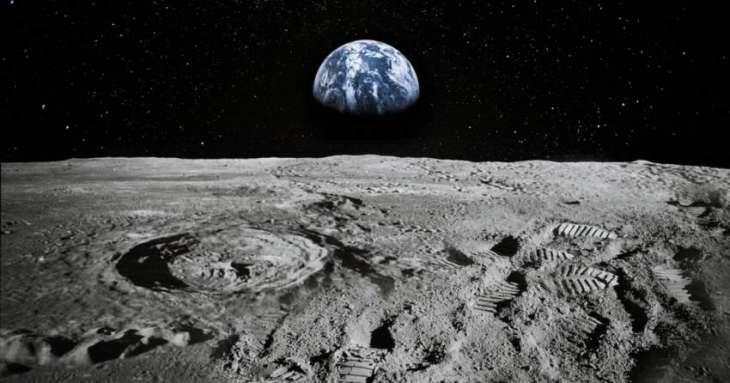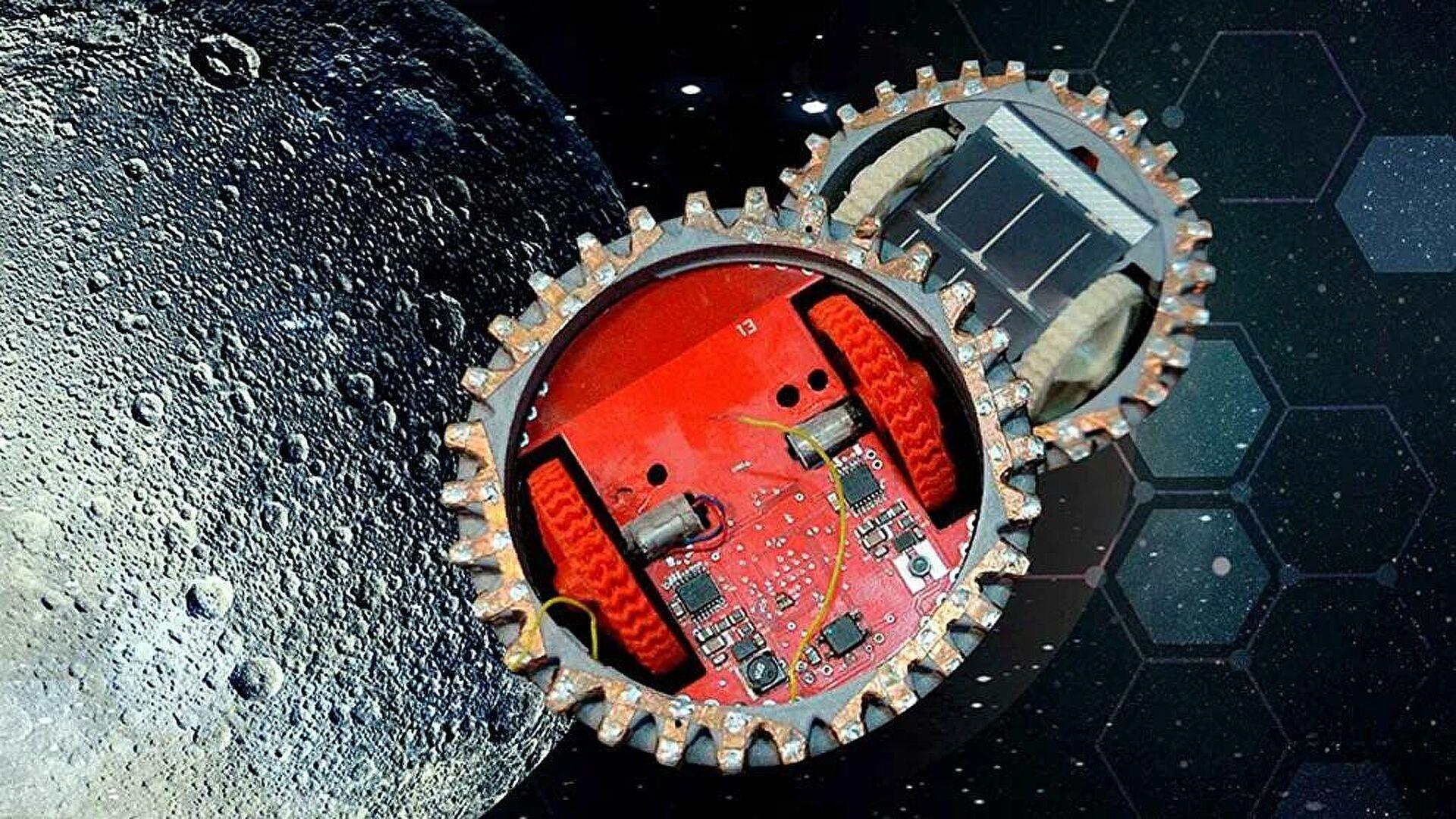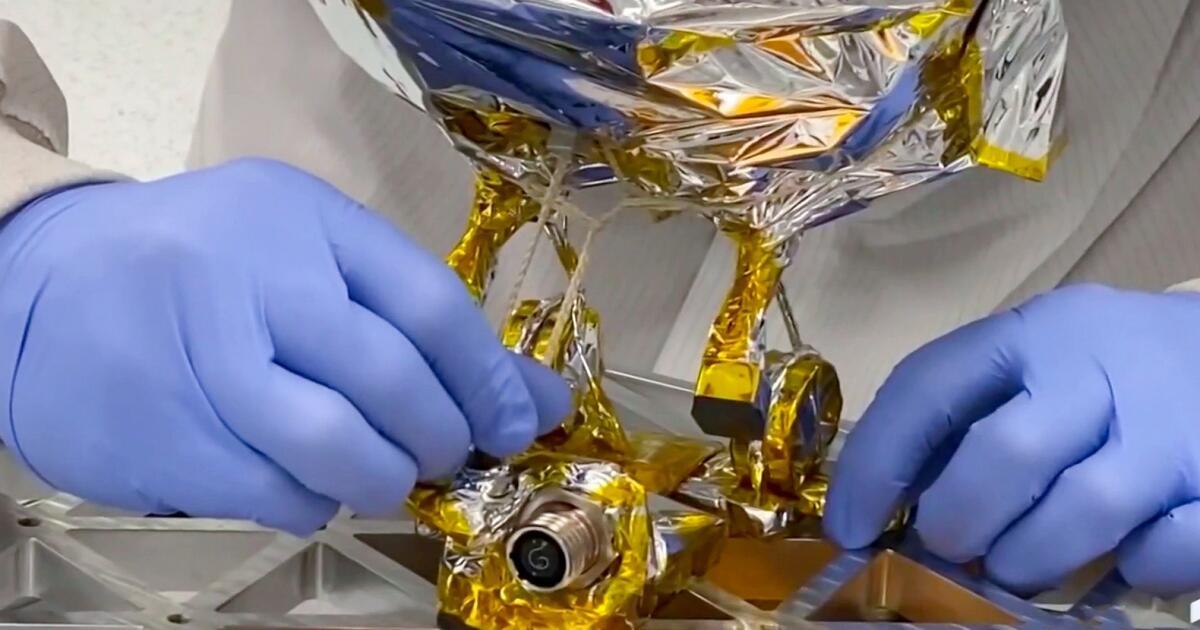Mexico is sending mini-robots to the Moon for soil exploration
(MENAFN- BreezyScroll)

Mexico is going to launch a new mission by sending mini-robots to the Moon. The launch will be a scientific first to explore soil on the lunar surface.
Mini-robots are capable of carrying lunar minerals leading to a future in space mining

Gustavo Medina Tanco stated Mexico is starting a first-of-its-kind mission as a part of the Colmena project for understanding the soil on the Moon . The project is envisioning the use of mini-robots with two wheels for performing sophisticated measurements. Tanco is the head of the space laboratories at the University of Mexico's Institute for Nuclear Sciences (UNAM).“Taking nature as an example, Colmena will show that very small robots can operate both as researchers and miners when coordinated,” he said
The mission will be launching on a United Launch Alliance Vulcan rocket, making it the first American spacecraft on the moon in almost 50 years.“This is a small mission where we'll test the concept, and afterward we'll undertake other missions, first to the moon and then on to asteroids,” explained Gustavo Medina Tanco. He also explained that the mini-robots are made of titanium alloys, space-grade aluminum, and stainless steel. They are capable of carrying lunar minerals leading to a future in space mining.
What is the Colmena project?

'Colmena' translates to a beehive in Spanish. The project's first mission includes five robots weighing under 0.1 pounds. The mini-robots are capable of positioning electronic devices 0.8 inches above the soil. The bots can independently perform functions by working on non-atmospheric space bodies of surfaces. The project is going to be about a lunar day long or approximately 13 days on earth. Additionally, it will be launching on the Astrobotic Peregrine lander in June, initially created for Google's Lunar-X-Prize.
“No one has done this, nobody, not just in Mexico. We can make a difference in the technology and for international cooperation that can then lead to important joint ventures to study the minerals or undertake other scientific exploration,” said Medina Tanco, on the project. He also expressed pride about the mission, which includes contributions from over 200 math, chemistry, and physics students. The project started operating in 2016 for studying the potential of mini-robots working in space by self-organizing. They could also be used for mining rare minerals on asteroids.
MENAFN02032022005762012635ID1103787328

Legal Disclaimer:
MENAFN provides the information “as is” without warranty of any kind. We do not accept any responsibility or liability for the accuracy, content, images, videos, licenses, completeness, legality, or reliability of the information contained in this article. If you have any complaints or copyright issues related to this article, kindly contact the provider above.